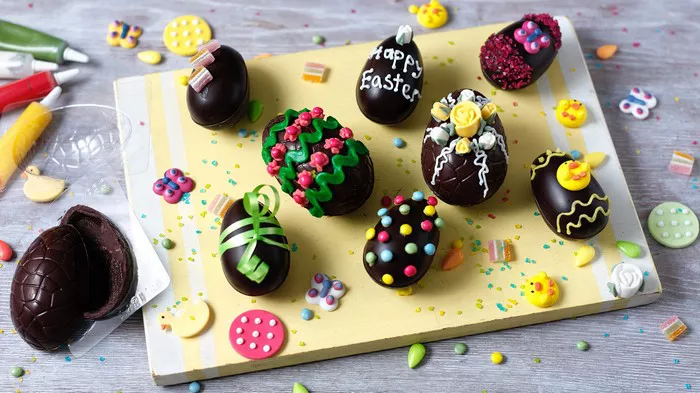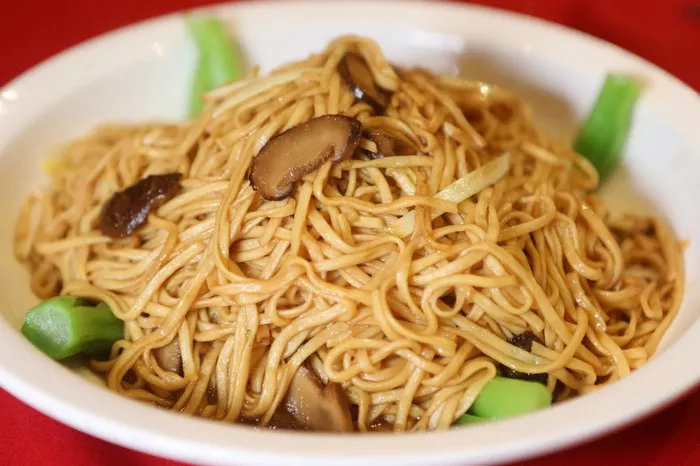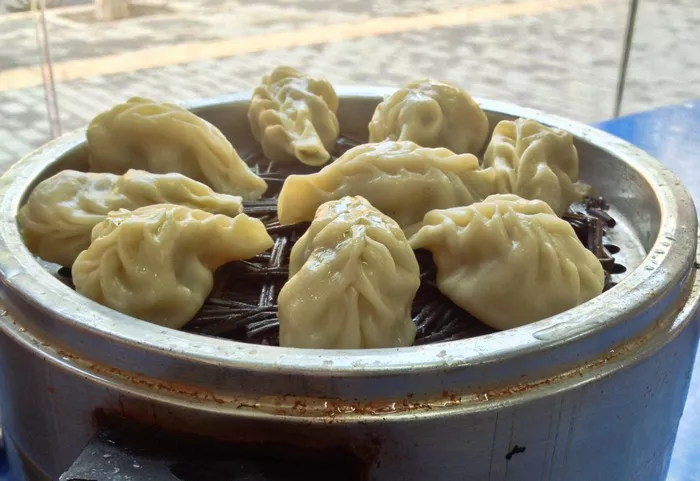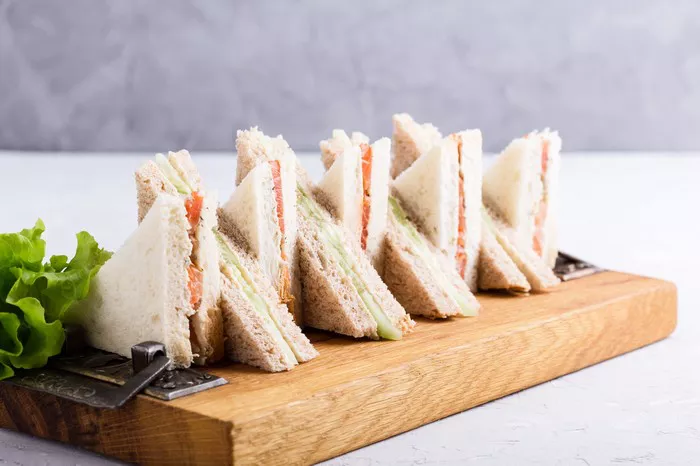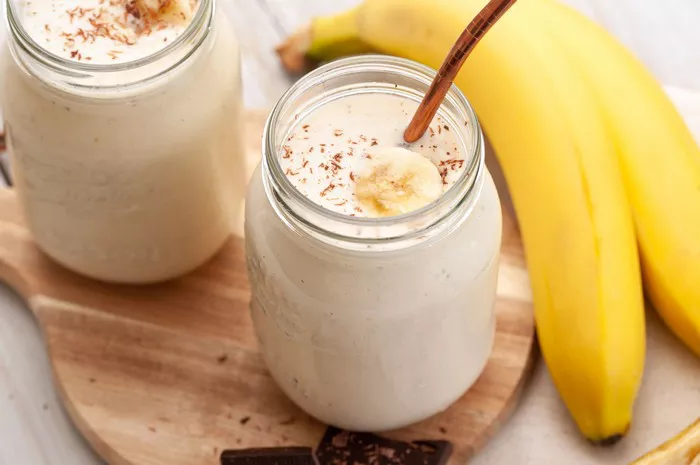Gajar Halwa, also known as Carrot Halwa, is a beloved Indian dessert known for its rich, sweet, and comforting flavors. If you’ve ever wondered how to recreate this delightful treat in the comfort of your own kitchen, you’re in the right place. In this step-by-step guide, we’ll walk you through the process of preparing Gajar Halwa, from selecting the freshest ingredients to achieving that perfect balance of sweetness and warmth.
1. Gather Your Ingredients
Before diving into the cooking process, ensure you have the following ingredients at hand:
Carrots: You’ll need around 1 kg of fresh, tender carrots, preferably the red variety for their sweetness.
Milk: Approximately 1 liter of full-fat milk.
Ghee: 4-5 tablespoons of ghee (clarified butter) for that rich, buttery flavor.
Sugar: Adjust the sugar quantity to your taste, but a cup of granulated sugar is a good starting point.
Cardamom: Crushed cardamom seeds or cardamom powder for a hint of aromatic flavor.
Nuts: A handful of slivered almonds, cashews, and raisins for garnish.
2. Preparing the Carrots
Peel and Grate the Carrots: Start by washing and peeling the carrots. Then, grate them finely. You can use a food processor or a hand grater for this.
Squeeze Out Excess Moisture: After grating the carrots, gently squeeze out any excess moisture. This step ensures the halwa isn’t too watery.
3. Cooking the Gajar Halwa
Heat Ghee: In a heavy-bottomed pan or kadai, heat the ghee on medium-low heat. Ghee adds a rich flavor to the dish.
Add Grated Carrots: Add the grated carrots to the pan and sauté them in the ghee until they become tender and the raw smell disappears. This may take around 15-20 minutes.
Simmer in Milk: Pour in the milk and let the carrots simmer in it. Stir occasionally and let the milk reduce, allowing the mixture to thicken. This can take approximately 30-40 minutes.
Add Sugar and Cardamom: Once the milk has reduced significantly and the carrots are soft, add sugar and crushed cardamom. Continue to cook, stirring continuously, until the sugar dissolves, and the mixture thickens further.
4. Garnish and Serve
Fry Nuts and Raisins: In a separate small pan, fry the slivered almonds, cashews, and raisins in a little ghee until they turn golden brown.
Add Nuts and Raisins: Add the fried nuts and raisins to the carrot mixture and give it a good stir.
Final Touch: Continue cooking for a few more minutes until the Gajar Halwa reaches your desired consistency. It should have a thick, pudding-like texture.
5. Serving and Enjoying
Your homemade Gajar Halwa is now ready to be savored. Here are some serving suggestions:
Garnish with More Nuts: Sprinkle some additional slivered nuts and raisins on top for an extra crunch and visual appeal.
Serve Warm or Cold: Gajar Halwa can be enjoyed both warm and cold. It’s a delightful dessert for any season.
Pair with Ice Cream: For an indulgent twist, serve Gajar Halwa with a scoop of vanilla ice cream.
In conclusion, making Gajar Halwa is a labor of love that rewards you with a sweet and aromatic dessert that’s cherished across India. By following this comprehensive guide, you can master the art of preparing this traditional delicacy and delight your family and guests with its incredible taste.
Top 10 Popular Indian Desserts
Rasgulla
Rasgulla: Hailing from the state of West Bengal, Rasgulla is a spongy, milk-based dessert soaked in a sugar syrup. It’s known for its delicate sweetness and is often enjoyed during festivals and special occasions.
Gulab Jamun: These soft, fried milk dumplings are soaked in a fragrant sugar syrup. Gulab Jamun is a favorite at weddings and celebrations, loved for its melt-in-the-mouth texture and sweet aroma.
Jalebi
Jalebi: This spiral-shaped dessert is made by deep-frying a wheat-flour batter and then soaking it in sugar syrup. Jalebi is famous for its crispiness on the outside and syrupy sweetness on the inside.
Kulfi: Often referred to as Indian ice cream, Kulfi is a rich and creamy frozen dessert made from condensed milk and flavored with cardamom, saffron, or pistachios. It’s enjoyed on a stick and comes in various flavors.
Halwa
Gajar Halwa: Gajar Halwa, or carrot halwa, is a winter favorite made from grated carrots cooked with milk, sugar, and ghee. It’s garnished with nuts and has a comforting, sweet flavor.
Suji Halwa: Suji Halwa is a semolina-based dessert cooked with ghee and sugar, often flavored with cardamom and garnished with almonds or cashews. It’s quick to prepare and a common offering at religious ceremonies.
Ladoo
Besan Ladoo: These round, golden sweets are made from roasted gram flour, ghee, and sugar. They have a nutty flavor and are often prepared during festivals like Diwali.
Motichoor Ladoo: Motichoor Ladoo consists of tiny, pearl-sized fried gram flour droplets that are formed into round sweets. They are known for their unique texture and are a staple at celebrations.
Rice-Based Desserts
Kheer: Kheer is a rice pudding flavored with cardamom and garnished with chopped nuts. It’s a creamy, comforting dessert served at festivals and family gatherings.
Payasam: Payasam, also known as Kheer in some regions, is a sweet rice or vermicelli pudding that’s flavored with coconut milk, jaggery, and cardamom. It’s an essential part of South Indian cuisine and is offered at temple festivals.
Sandesh
Sandesh: Originating from the state of Bengal, Sandesh is a delicately flavored sweet made from fresh paneer (cottage cheese) and sugar. It’s often garnished with saffron or pistachios.
Rabri: Rabri is a North Indian dessert made by simmering milk until it thickens, then sweetening it with sugar and adding flavors like cardamom or rose water. It’s typically served chilled.
Barfi
Mysore Pak: This South Indian sweet is made from besan (gram flour), ghee, and sugar. Mysore Pak is known for its melt-in-the-mouth texture and rich taste.
Coconut Barfi: Coconut Barfi is a sweet made from grated coconut and sugar, often flavored with cardamom or rose essence. It’s a popular dessert during festivals.

